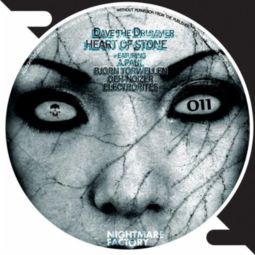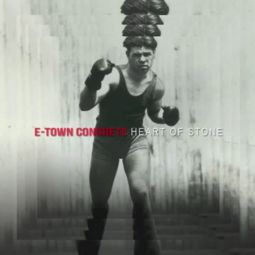Yard vs Ton of Crushed Stone: A Comprehensive Guide
When it comes to purchasing crushed stone, you might find yourself wondering about the difference between yards and tons. Both are common units of measurement used in the construction industry, but they can vary significantly in terms of volume and weight. In this article, we will delve into the details of yard vs ton of crushed stone, helping you make an informed decision for your next project.
Understanding Yards

A yard is a unit of volume commonly used in the United States. It is equivalent to 3 feet by 3 feet by 3 feet, which equals 27 cubic feet. When you purchase crushed stone by the yard, you are essentially buying a certain volume of material. This makes it easier to estimate how much crushed stone you will need for your project.
Understanding Tons

A ton is a unit of weight commonly used in the United States. It is equivalent to 2,000 pounds. When you purchase crushed stone by the ton, you are essentially buying a certain weight of material. This can be useful if you need to transport the crushed stone over a long distance or if you have specific weight requirements for your project.
Converting Yards to Tons

Now that we understand the basic definitions of yard and ton, let’s discuss how to convert between the two. The conversion factor between yards and tons of crushed stone depends on the density of the material. Generally, crushed stone has a density of about 2,700 pounds per cubic yard. This means that 1 yard of crushed stone is approximately equal to 1.3 tons.
Here’s a simple formula to convert yards to tons:
| Yards | Tons |
|---|---|
| 1 | 1.3 |
| 2 | 2.6 |
| 3 | 3.9 |
| 4 | 5.2 |
Keep in mind that this conversion is an approximation, and the actual weight of the crushed stone may vary slightly depending on the specific type and density of the material.
Choosing Between Yards and Tons
When deciding whether to purchase crushed stone by the yard or by the ton, consider the following factors:
-
Transportation: If you need to transport the crushed stone over a long distance, it may be more cost-effective to purchase it by the ton, as it is easier to load and unload heavy materials.
-
Weight requirements: If your project has specific weight requirements, purchasing by the ton will ensure that you have the exact amount of material needed.
-
Volume estimation: If you are working with a limited space or need to estimate the volume of crushed stone required for your project, purchasing by the yard may be more convenient.
Common Uses of Crushed Stone
Crushed stone is a versatile material with a wide range of applications. Some common uses include:
-
Driveways and walkways: Crushed stone provides a durable and stable surface for driveways and walkways.
-
Landscaping: Crushed stone can be used as a decorative element in landscaping, adding texture and visual interest to gardens and pathways.
-
Base material: Crushed stone is often used as a base material for roads, parking lots, and other paved surfaces.
-
Filter media: Crushed stone is used in water filtration systems to remove impurities and improve water quality.
Conclusion
Understanding the difference between yards and tons of crushed stone is crucial for making an informed decision for your construction or landscaping project. By considering factors such as transportation, weight requirements, and volume estimation, you can choose the most suitable option for your needs. Whether you opt for yards or tons, crushed stone is a valuable material that can enhance the functionality and aesthetics of your project.




